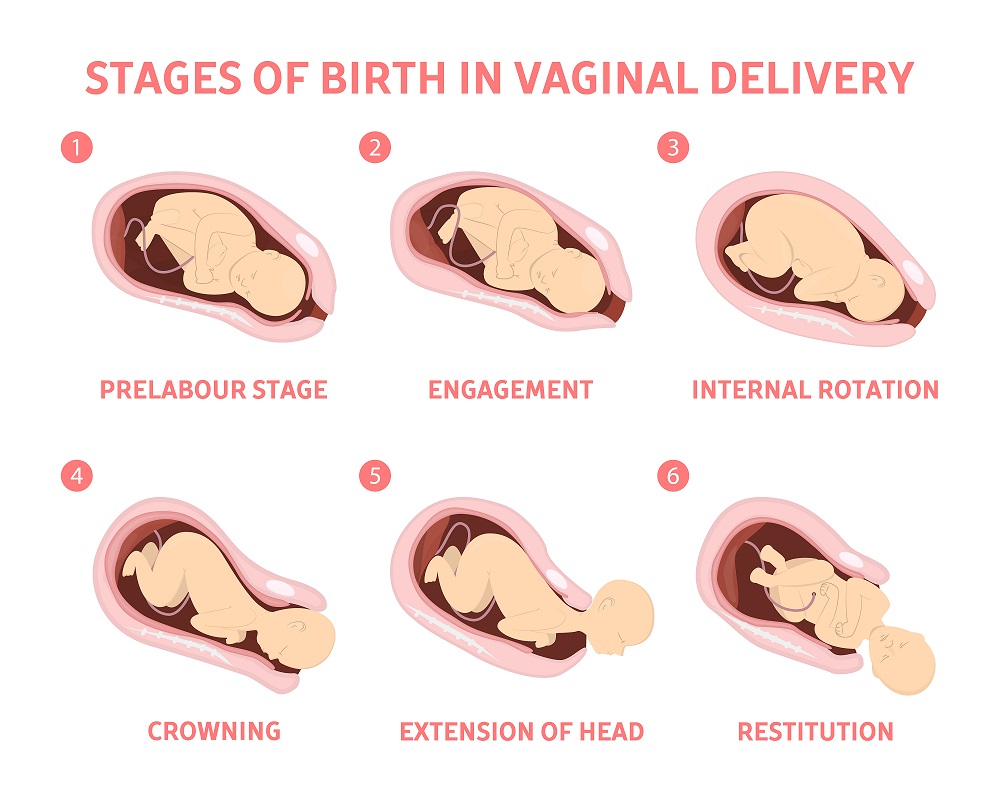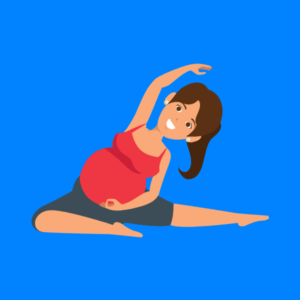Early labour (latent phase)
This stage of labour can take hours, or even days as contractions start to build up. Most times you are advised to stay home at this stage, unless there’s a reason for you to go to hospital. It’s unpredictable. For first-time moms, this stage could take hours to days. It’s often shorter for subsequent deliveries.
Try to rest and stay relaxed when you are in early labour, even if you can’t sleep. You need to continue to eat and drink normally and having a warm bath should help.
Be aware of your baby’s movements – they should be the same as usual. Contact your midwife if you need any advice.
First stage labour
At this stage, Your contractions become stronger and more frequent lasting about 45–60 seconds and coming every three to five minutes
Your cervix thins and starts dilating, so it would be better to call the hospital so it can be decided whether you should continue staying at home or go into the hospital.
Once in the maternity unit the midwife will go through your birth plan and feel your abdomen to establish which way your baby is lying. She will listen to your baby’s heartbeat, and will continue to do this every 15 minutes, and will check that your blood pressure, pulse and temperature are normal.
She may ask to do a vaginal examination to assess how far your labour has progressed – the cervix has to dilate to 10cm during the first stage – and your options such as remaining upright, being active, using a ball or water and the use of pain relieving drugs will be discussed.
You will be encouraged to eat light snacks and to drink isotonic drinks* to maintain your body’s energy to cope with the physical demands of labour
As labour progresses your contractions will become really intense with virtually no gaps in between them. During this stage any pain relief you are having will be monitored.
Your partner can help by offering you lots of encouragement and support. Sips of water, a cool flannel on your face or a massage may all help, but equally you may ‘go into yourself’ to gather your strength and will hate any fussing. You may start to feel the urge to push
Second stage labour
The cervix is 10 cm or fully dilated now. It can take a few minutes or few hours, though longer for first time moms, as the final countdown to meeting your baby ticks.
Yes, it’s painful and pushing the baby out is very hard work – but the end is in sight and your midwife will help you through it.
Your contractions will become even stronger and closer together and you will feel the urge to bear down and push with each one. Your midwife will guide you through it.
With every push your baby will move further down the birth canal and is closer to being born. You will need to remain focused and work hard, but the time will go very quickly.
At some point, you might be asked to push more gently — or not at all. Slowing down gives your vaginal tissues time to stretch rather than tear. To stay motivated, you might ask to feel the baby’s head between your legs or see it in a mirror.
Eventually the baby’s head will ‘crown’, passing through the perineum and you may feel an intense burning sensation. The midwife will encourage you to ‘pant’, a succession of quick, short breaths to allow the perineum to stretch and not tear.
In some cases you may tear or your midwife may need to perform a small cut – an episiotomy (this can be repaired with stitches after the birth). Once your baby’s head is born, when you push with the next contraction your baby will turn to allow one shoulder to come out, followed by the other. The feeling of relief is immense and the pain stops immediately; many women also feel an intense ‘high’ at their achievement.
Your newborn will be given to you so you can have skin-to-skin contact and then the cord will be clamped and cut – in some cases the new dad wants to do this.
Third stage of labour: delivery of the placenta
The placenta now needs to be delivered and can last between five minutes to an hour. You might be given medication before or after the placenta is delivered to encourage uterine contractions and minimize bleeding. Your midwife may gently pull the cord to help to remove it while you relax your tummy. Some women aren’t given the medication.
Pushing the placenta out yourself without the aid of drugs takes up to an hour and you may bleed more. Breastfeeding or skin-to-skin contact will help to speed up the delivery process.
In rare cases the whole or part of the placenta is retained and this may cause heavy bleeding and requires removal under anaesthetic.
After the birth
You and your partner will be given time alone with your baby before you are cleaned up and given stitches if they are needed.
The area to be stitched will be numbed first and you will be offered analgesia afterwards to reduce any inflammation.
Your baby will be checked over to make sure he’s healthy and you will be offered help with breastfeeding.



